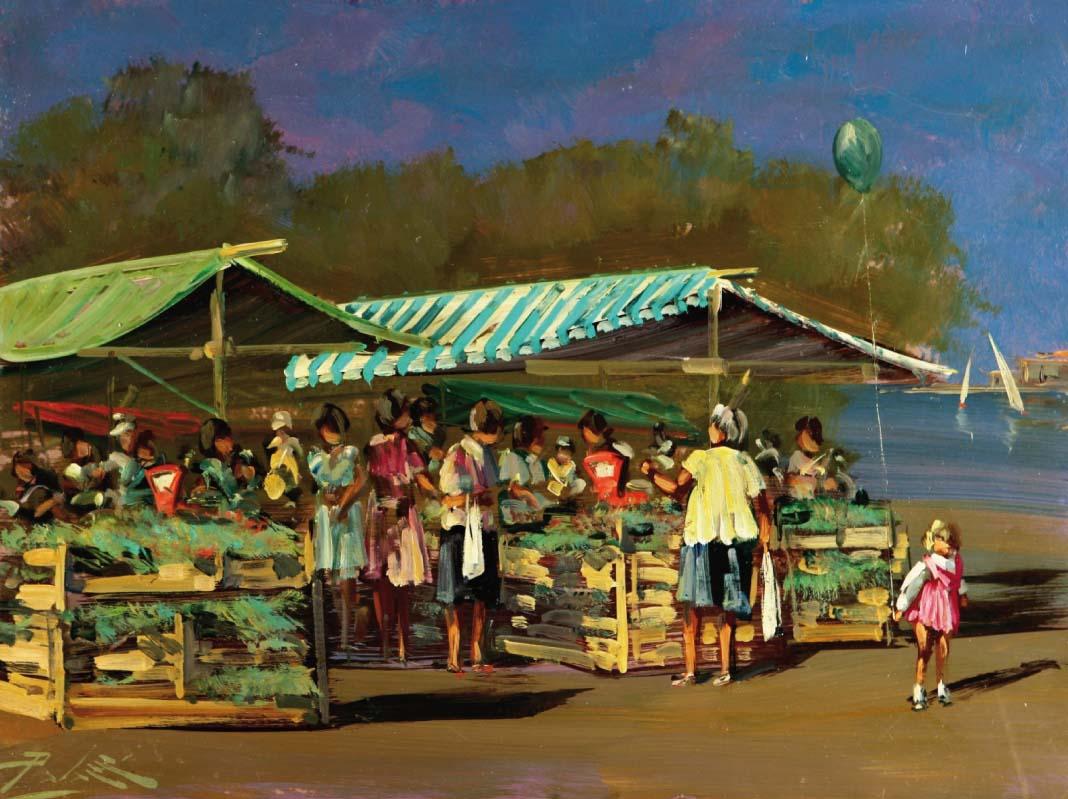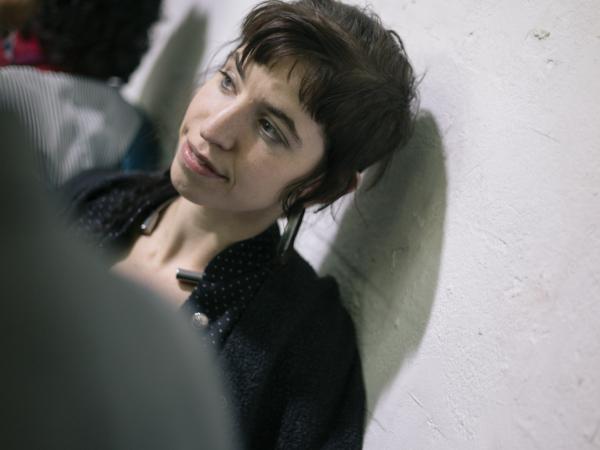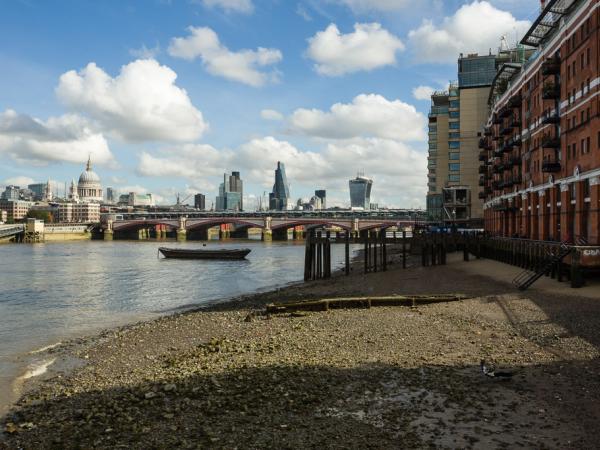Preparation of Riccardo Prevosti
Peter Agnetti, Albizzati Piero Luigi Bisotti, Leo Borghi, Eugen Ciuca, Vittorio Maria Di Carlo, Aelian Fantuzzi, Vittorio Felisati, Corrado Fergnani, Piero Gauli, Fathi Hassan, Renzo Margonari, Pippo Oriani, Lorenzo Palaces, Riccardo Schweizer, Domenico Seren Gay , Roland Tapì, Mario Vergani.
The realism as a research idea and the symbolism in the painting as a stylistic representation of the act of expression to communicate to others how you feel, recalling the image of elements of sensory perception or allusive forms in the summary that contains essential content in the opposition between figures from the direct analysis of the true and the extent of inner vision through the ways of the idea.
Without going back to the Manifesto of Symbolism of the poet Jean Moréas (1886), where he explains the work of the artist who moves into the visible to the invisible portray reality in order to highlight other features, or go back to the so-called Manifesto of Realism (1946) better known as "Beyond Guernica", in which informing him that "the reality is not real," the exhibition will be an ideal time of physical examination, addressing an audience that is sensitive to evoke rather than search for matches between objective and subjective, between explicit and implicit.
If at that time it was stated that "realism" does not mean naturalism or realism or expressionism, "but the real concretized the one, when it determines, participates, and is equivalent to coincide with the real other, when it becomes, in short, a common measure with respect to reality itself ", the exhibition at the Galleria ab / art invites you to be captivated by the sensations of" landscapes ", as well as the thought that recollection in one of Mario Vergani or as to Corrado Fergnani colors and lights of mimesis, or among the trees of a forest dream painted by Piero Albizzati or get carried away by the "sails" of Domenico Seren Gay in an imaginary sea. References, then, if sometimes complex concepts will be connected between art and realist figurative art, art platonic and spiritual art, including the assumption of the self and the mystery of the soul, which are procedural beyond their start in "movements "that have affected Europe. On reflection, however, the anti-classicist function has absorbed the assumption of a concrete thought that basically goes (and returns) the appearance, not only with reference to the technique or methodology in a manner of artistic theorizing but in the criticism with contemporary culture of the "real real" as prompter, the beautiful and the sublime in the relationship between realist art and visionary art.
The review, therefore, aims to approach the painting of expression, cultured and intellectual avant-garde nell'eversione in front of the creativity that puts a reversal of the trend towards naturalism and artistic pursuits of the twentieth century. And the horizon is the cultural approach to themes and subjects that trigger an extraordinary dynamism to convey through art the inner movements of the spirit, at the time of the meeting in the pictorial material and the role of tradition around the modernity that is not their preference, but even abandons the "figure" in the show that is performed by Luigi and Piero Bisotti Gauli (already in 1948 at the Venice Biennale), and the subject that becomes evanescent in Aelian Fantuzzi, purely track in Eugen Ciuca and new figuration in Vittorio Maria Di Carlo.
Not only experimentation, then, but realism and symbolism perceptible in the decomposition and recomposition of "Still Life" by Pippo Oriani and his painting influenced by futurism and cubism (in 1938 it was at the Expo in Turin), to the assembly of strokes for a stormy sea of Piero Agnetti. There is also the diversion respect to the content dialectic towards a parabola that opens the universe of fairy Roland Tapì, marking the contrast of the iconic depiction in tune colorist of a "market" sunny described by Lorenzo Palaces, discounting the demonstration more alive, or in the serenity and peace of a Venetian canal Vittorio Felisati, reflected in soft colors and warm.
Then, the course of the exhibition also goes into a painting that aims to explore the suggestions nell'avvincente and personal predisposition to emotion, empathy, and in tune with the harmony, in being able to transcend and move away from the art that abused broke in fees and balances "things" elusive and strange, that would discourage these feelings, though - Erich Fromm writes - "arguably the creative thinking, like any other creative activity, is inseparably linked to emotions," and "being emotional is become synonymous with unstable and unbalanced. "
Here, then, that within this context, realism and symbolism offer synergy within the works that lead to the manifestation of disturbance in a space created by a preliminary hymn to the different nature designed as a creative epiphany, as identified in the originality and strength above all, by listening to "sensitive" that we experience, because beauty is mainly to catch us in, because the purpose of art is to stimulate feelings, but the universality of a medium between what we observe and the meanings of a narrative descriptive and interpretative.
And 'This is the size that put you in touch with the art, with the opportunity to deepen the look active and not passive "knowledge", by virtue of a reformulation of the art that is symbolic revelation of a single reality, as in shades and color combinations of Renzo Margonari which is considering the fantastic and surreal imagery, as well as the sense of existential Piero Albizzati in subverting semantic levels. Up to the emergence of a whole artistic maverick but poetic, in the "consciousness of specificity," wrote Vittorio Sgarbi for Riccardo Schweizer, proposed in an important exhibition with works by vibrating body, or in the ability to Angelo De Bortoli to see more focal points. Finally, the silence. We enter the "memory box" of Hassan Fathi, and the desert becomes a symbol in the sand grains that form arabesques on the canvas that accompany towards archaic languages.
Now, the landing in this painting in the freedom of expression will be introspective illuminated by our being in a story, that of an art as well as the flow of orders and divisions or affiliations, made by artists who do not present the unpresentable so much art contemporary but honesty that belongs to them and to all of us even in the freedom of expression and critical reflection. Only in this way the work of art may acquire its necessary independence.
Andrea Barretta







Comments 0
Say something